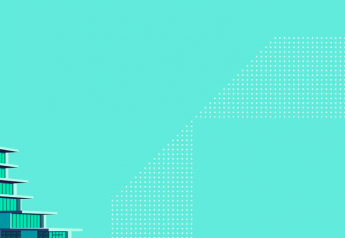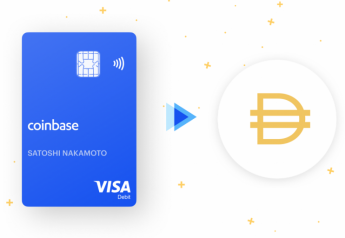Blockchain technology influences many layers of the economy. Cryptocurrencies enable instant and cross-border transactions, while blockchain databases are already helping businesses with supply chain logistics and identity management. But what does this mean for end users and how will blockchain shape the future of consumerism?
The 2019 trends for retail markets suggest the growing impact of Millennials, aka Millennials, born between 1982 and 1996. They are the biggest adulthood group right now (and ever), and they’re shaping the unexpectedly walked.
Millennials have been shaped by the 2008 financial crisis and the rise of social media. They don’t trust financial institutions or governments, but share intimate details with their peers and tech giants. Due to unfavorable labor markets and colossal student debt, they have experienced the lowest average income since the Great Depression, so they prefer experiences and a shared economy to just buying.
The blockchain, which was created in the middle of the financial crisis (November 1, 2008), rather perfectly matches these alternative consumers.
Here are some examples of how blockchain can shape the future of consumerism.
1. Traceability (and fair trade)
With the growing demand for product sustainability and socially conscious brands, consumers like to be able to verify the provenance of their products.
The blockchain allows us to track items from manufacturers to end users. It allows consumers, but also companies and actors in the supply chain:
- verify the origin or production of their products (Fairfood, Fairchain),
- optimize the recycling of product components for a circular economy (Circularize),
- limit counterfeit products in the chain, especially very sensitive items such as drugs or building materials.

2. Transparency
Public open blockchains provide anyone in the world with access to blockchain data from their laptops or smartphones. In theory, we could track and verify our products and food anytime by simply scanning a QR code in a store or communicating with smart trackers, beacons, and other transportation management (IoT) gadgets.
Many businesses and businesses use private blockchains to track their products and communicate with other businesses. But, in line with consumer trends, brands are stepping up their transparency to build trust, which includes letting customers see precisely where their smartphones, clothes, and lawyers are coming from.
3. No banks = lower cost, faster transactions
Blockchain is a cross-border peer-to-peer system that allows you to buy products, purchase token assets, earn free tokens, and enter into trust contracts directly, without third parties, like banks, notaries, etc. lawyers and financial institutions.
For end users, that means lower fees, faster transfers when sending money overseas. For large consortia, the use of crypto–currencies could mean saving millions of dollars:
- Avoid traditional exchange rates;
- Reduced transaction costs;
- Excluding lawyers’ and notary’s fees;
- Reduce opportunity costs by speeding up all settlements.
For now, companies are looking to cut costs and increase margins, but eventually the discounts will reach end consumers as companies compete for market share.
4. Faster e-commerce

As brick and mortar stores become less popular, many businesses are moving online. But with the 2-day shipping standards introduced by Amazon Prime, consumers become restless if their delivery takes longer than 4.5 days.
Blockchain can dramatically improve the reconciliation process of businesses and, with it, the speed of their deliveries.
Reconciliation is a process in which different companies agree on one version of the truth. Imagine that a package is sent from Company A to Company C through Delivery Company B. Each of the companies will have a different data management system, so how will they know when the package has arrived?
Businesses will need to come to a consensus that the package has arrived or has not arrived. For example, Company A recorded that it sent a package. Company B has a record that the package has been delivered. But Company C may not have received anything. Reconciliation is the process of knowing where the package is right now. Using Blockchain technology (sometimes paired with smart devices), businesses can quickly check the delivery status on the blockchain’s open ledger without needing to trust each other or exchange information to find the package. lost.
summary
The blockchain perfectly matches the current consumption profile. It offers a technological solution to build trust in consumer brands by increasing the transparency of their supply chain, tracing sustainable products directly from their source, reducing transaction costs and accelerating store deliveries. electronic.
 English
English  French
French 

